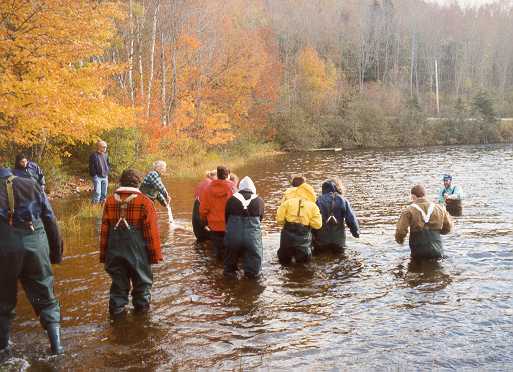 |
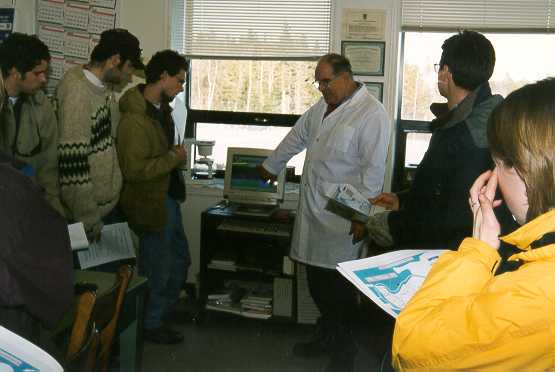 |
| In
the first term of the course, students are introduced to the living and
non-living characteristics that determine the structure and function of
aquatic ecosystems (lakes, rivers, estuaries, and oceans), as well as to
provide information about human interaction with these systems.
The second term includes modules designed to expand the multidisciplinary scope of examination and explore the sociological, economic, political, and business aspects of aquatic resource use; modules rely heavily on case studies. Development of effective communication skills - both written and oral- is fostered through class discussion, presentations, debates, and written submissions. Field trips expose students to aquatic settings, as well as provide some introduction to methological approaches to the study of these ecosystems. The course is restricted to students majoring in Aquatic Resources. |
 |
 |
1998-99 AR 100 FIELD TRIP TO LOCHARBOUR
1997-98 TRIP TO BOAT HARBOUR
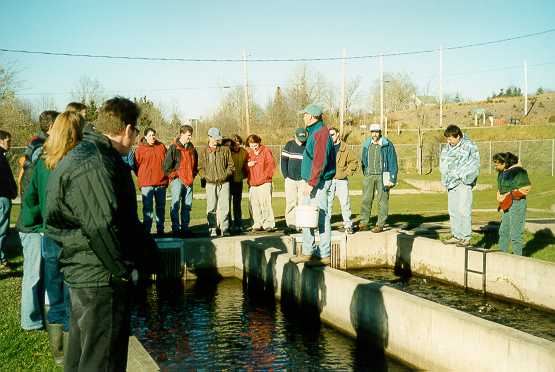 |
Resources
|
|
|
|
|
|
|
|

|
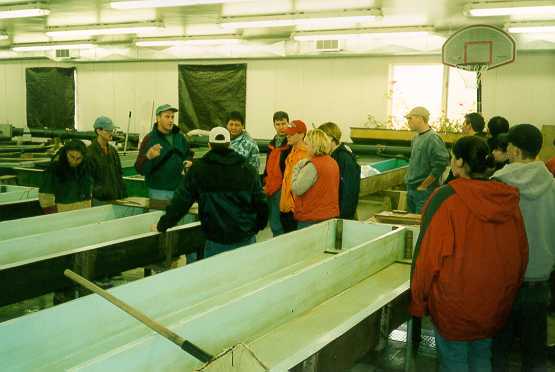
|
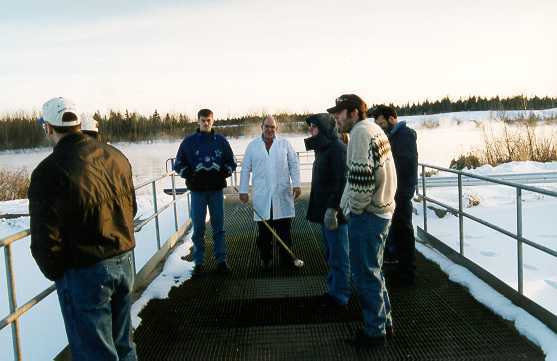
|
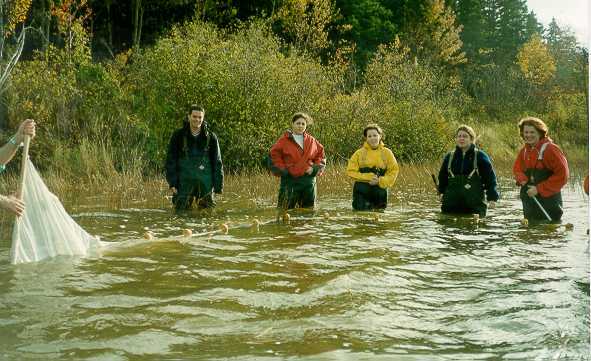
|
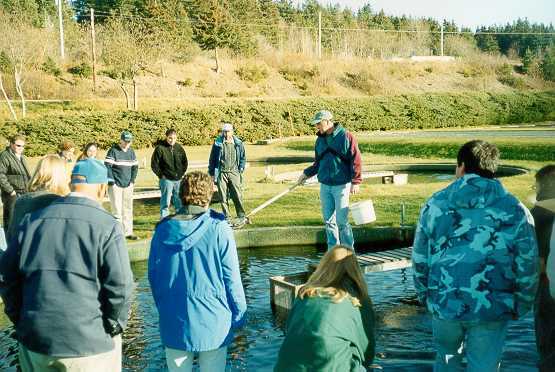
|
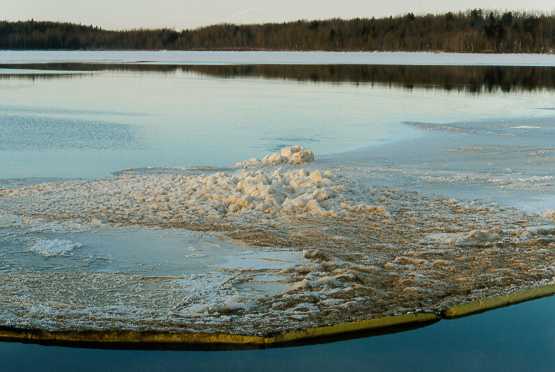
|
Additonal Resources
|
|
|
|
|
|
|
|
|
|